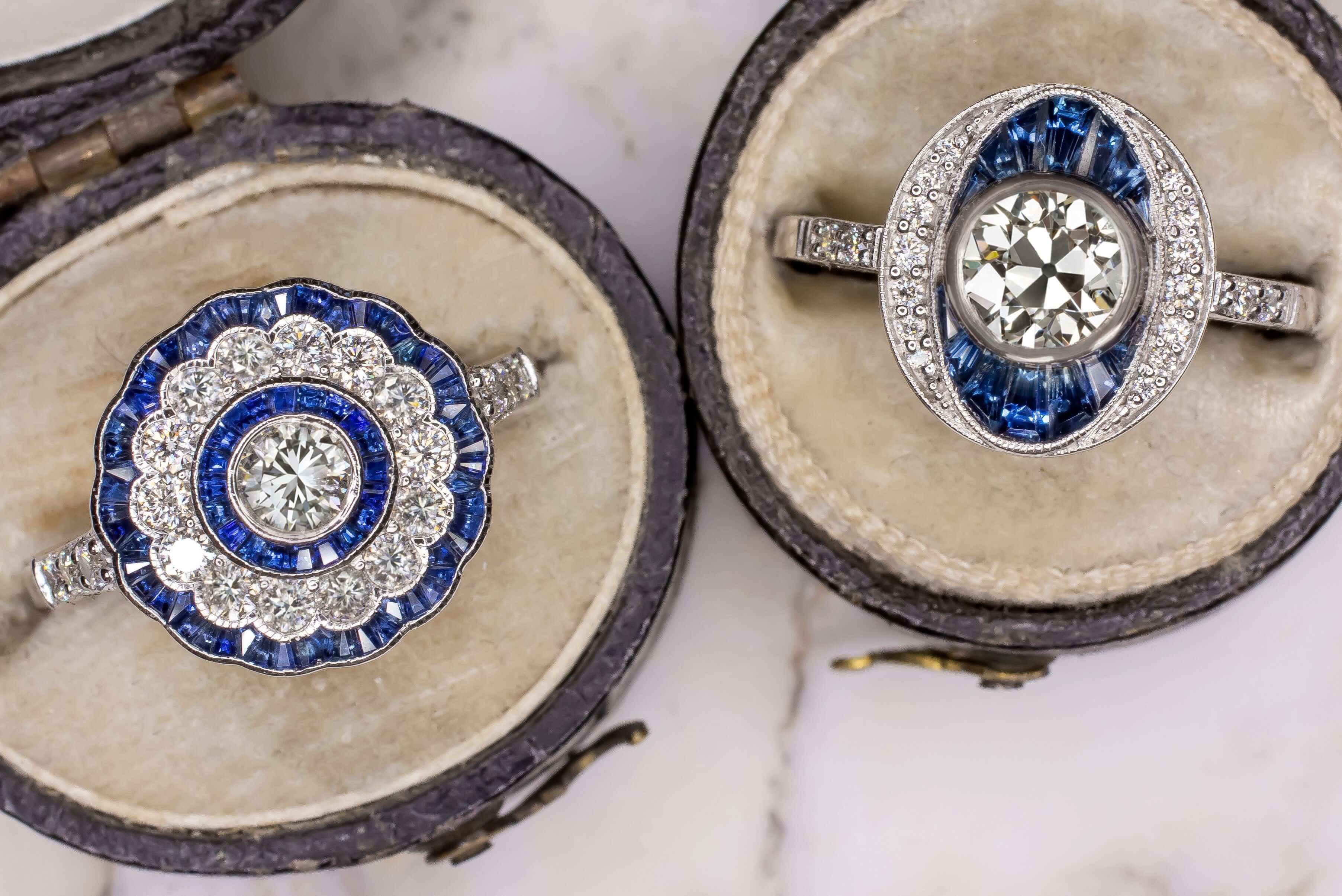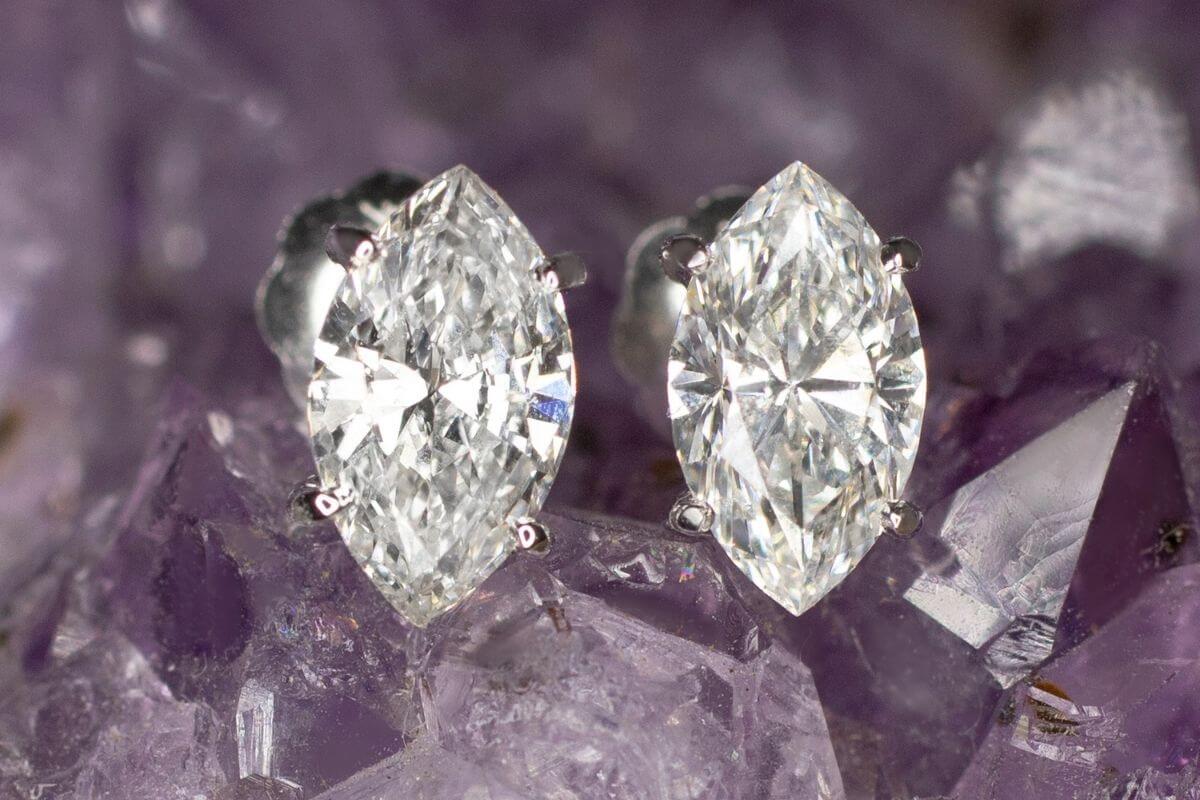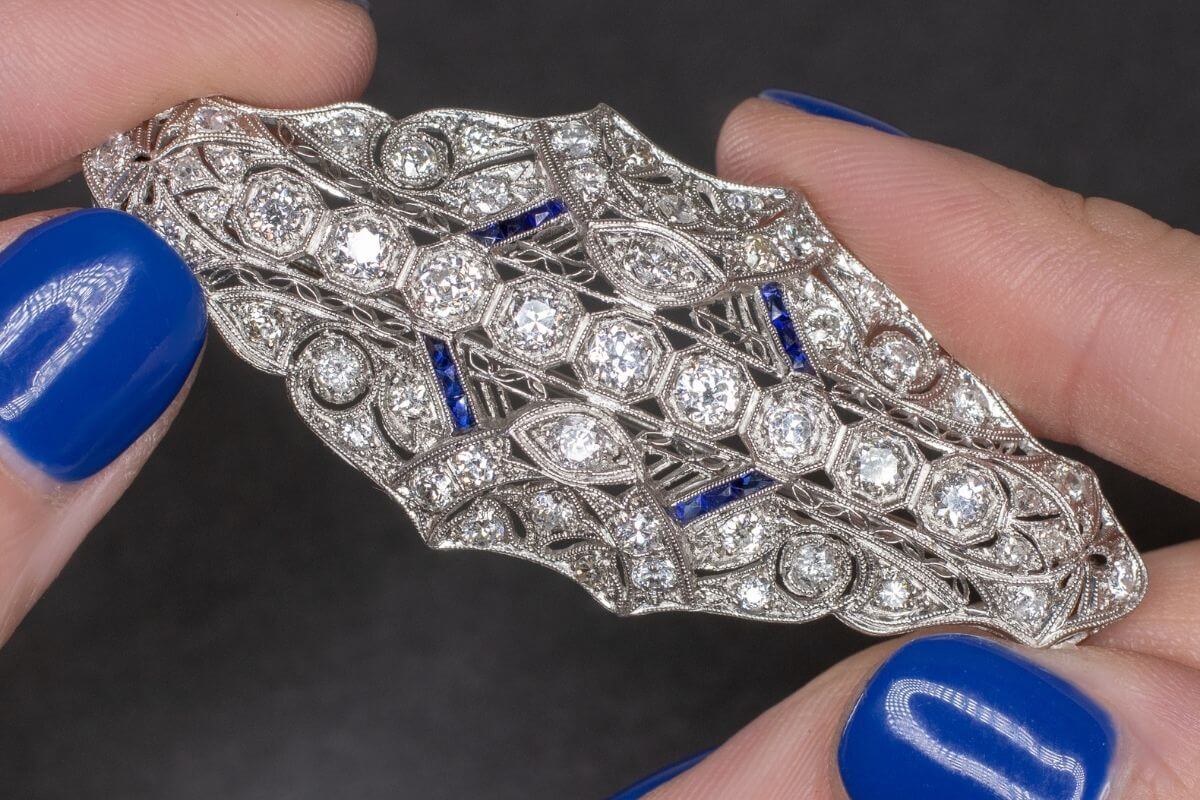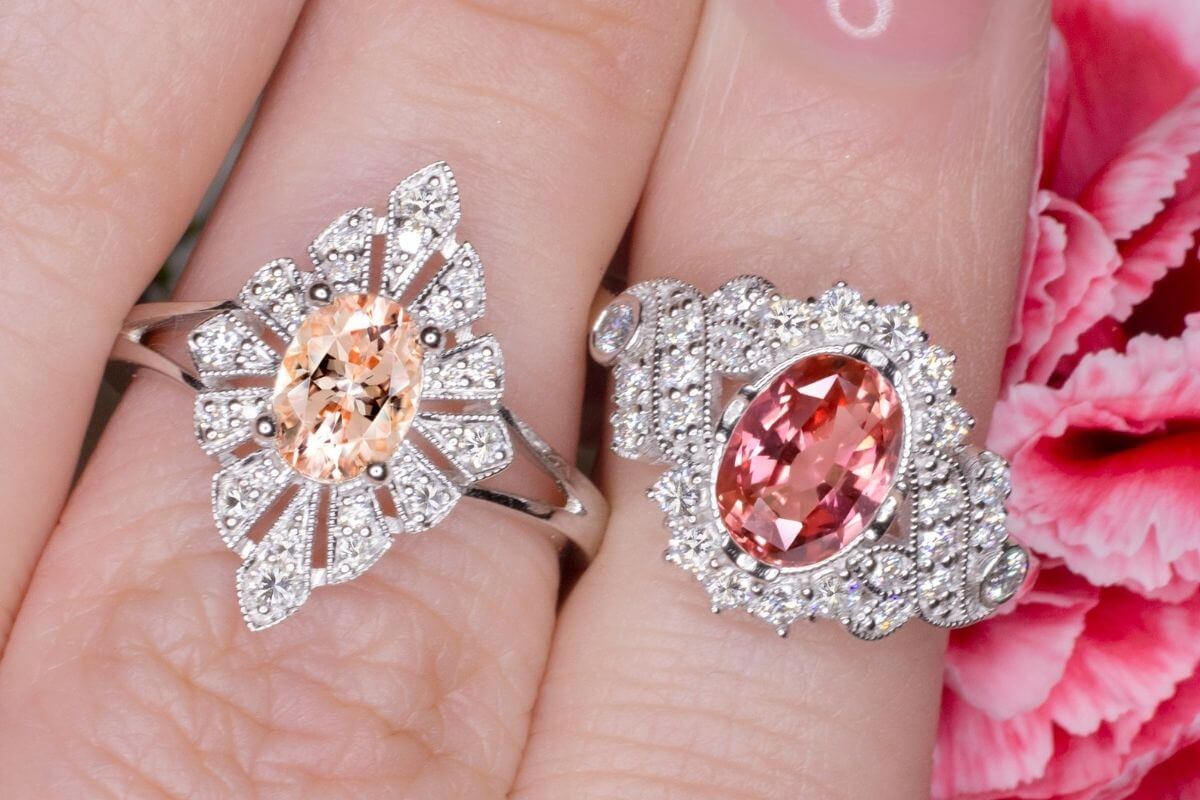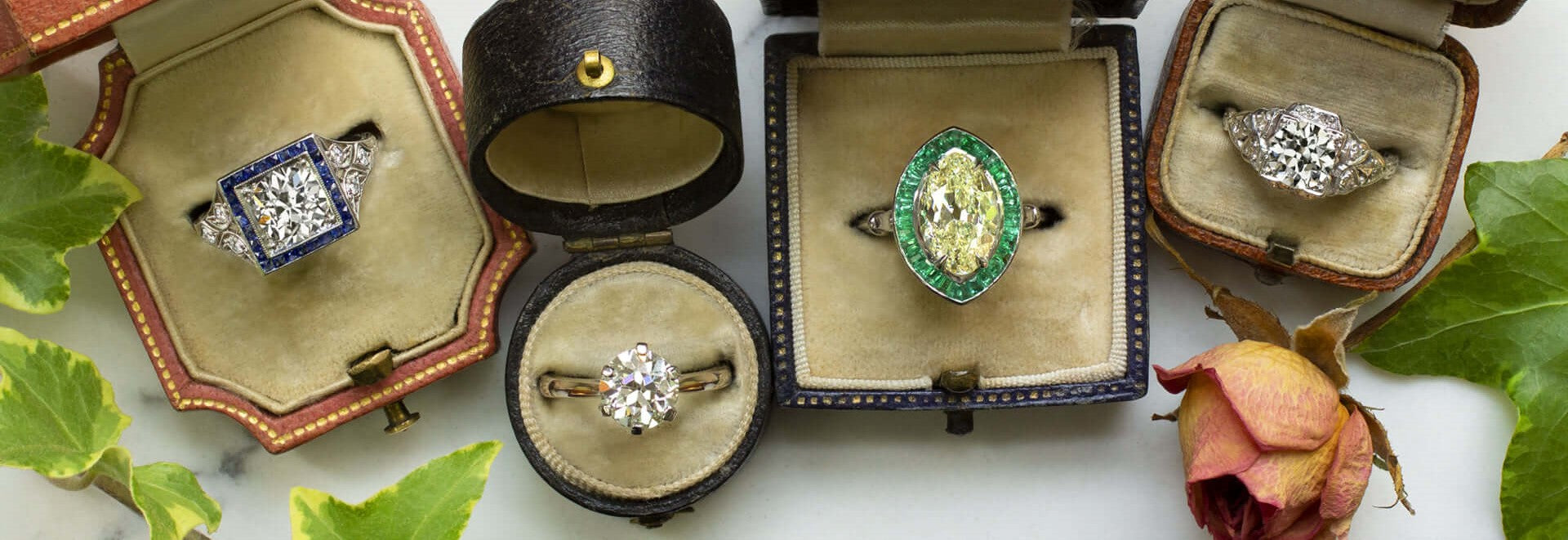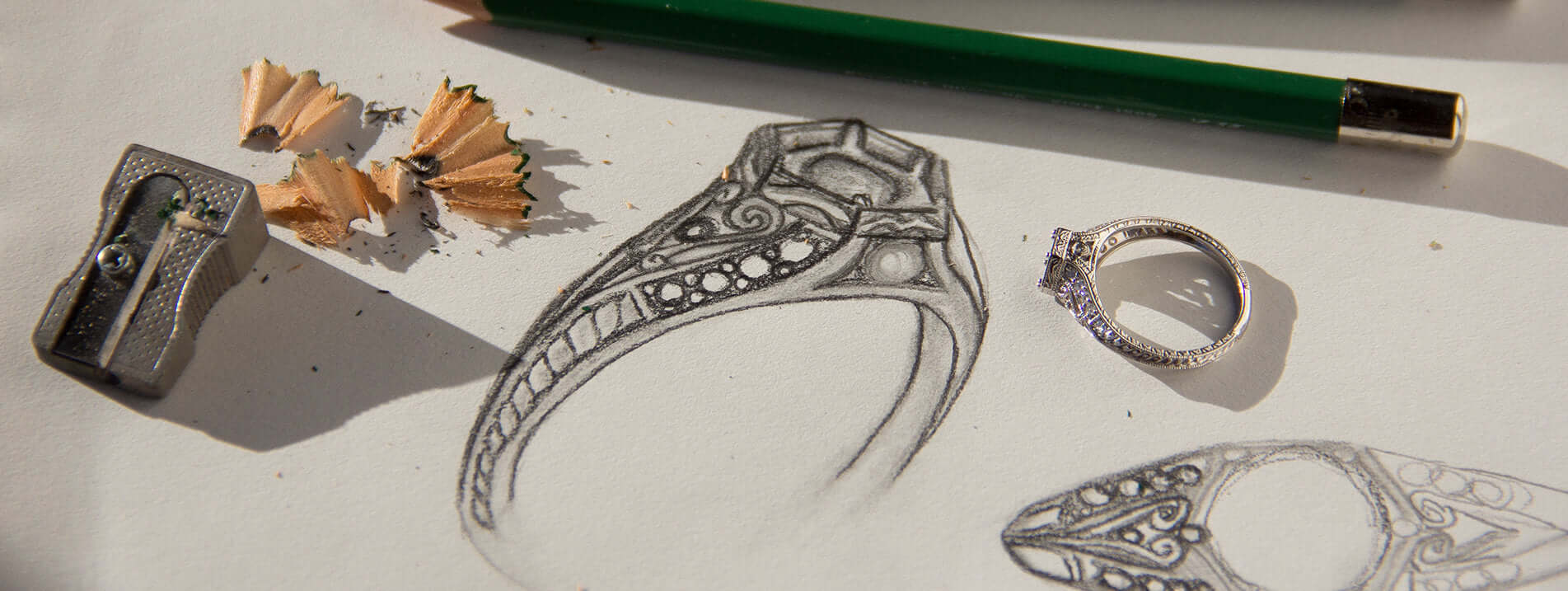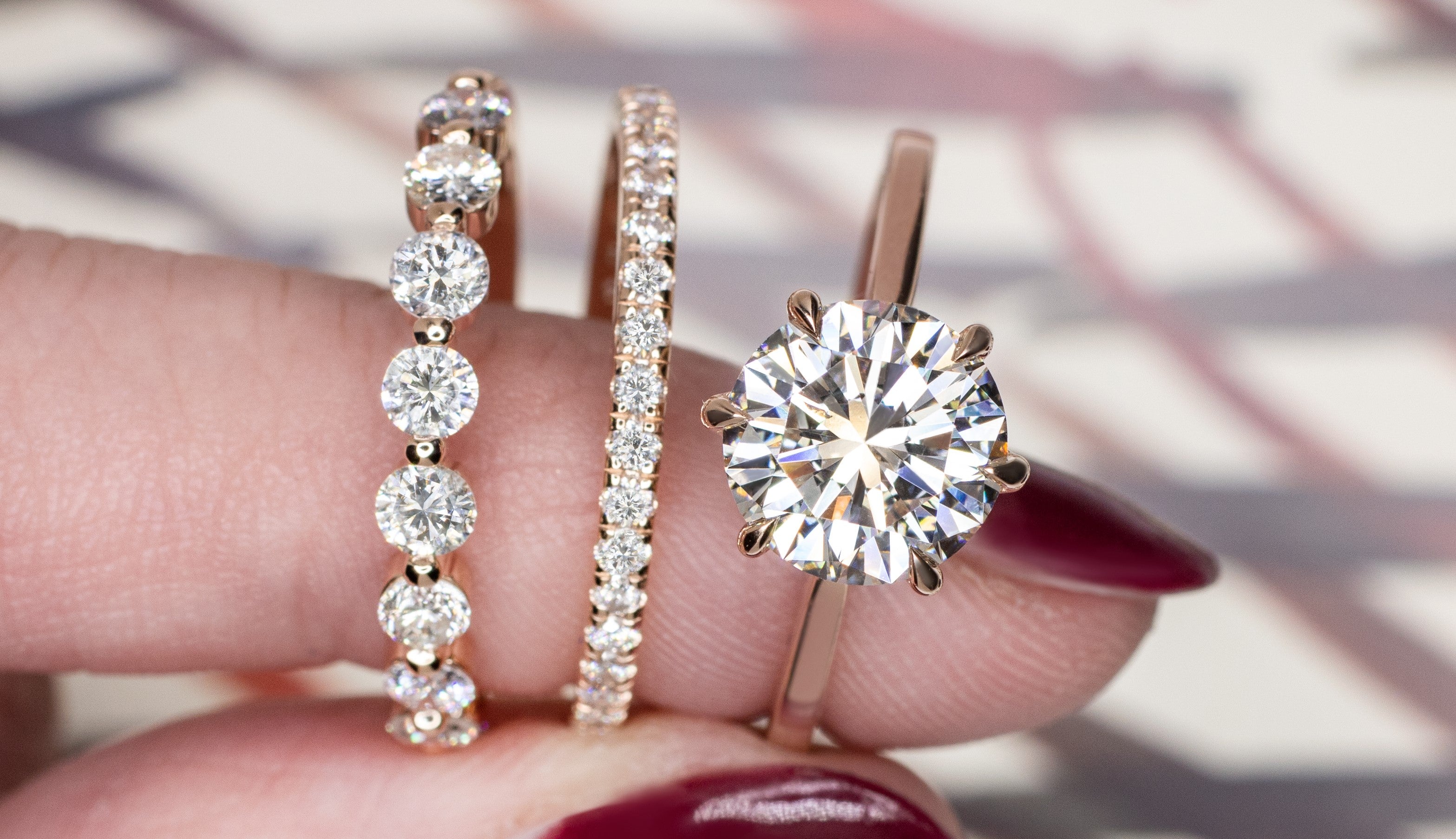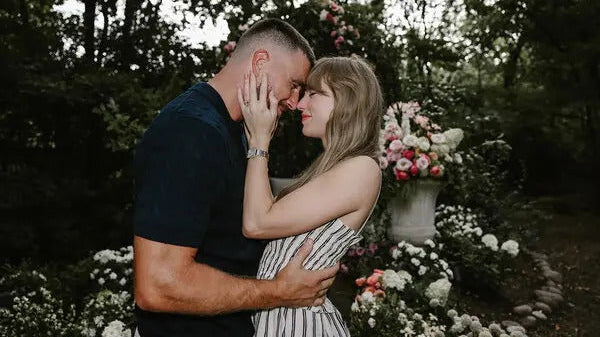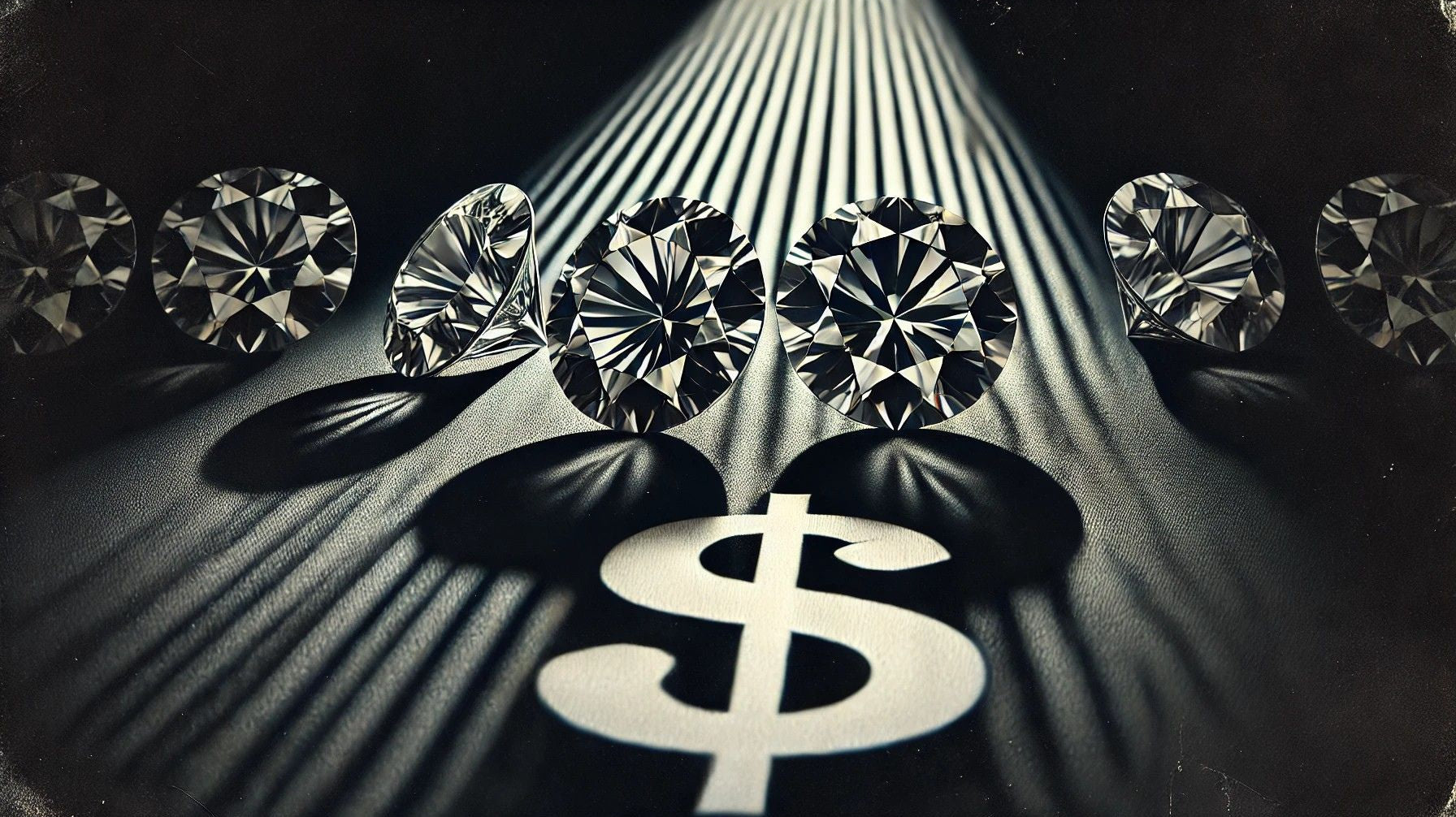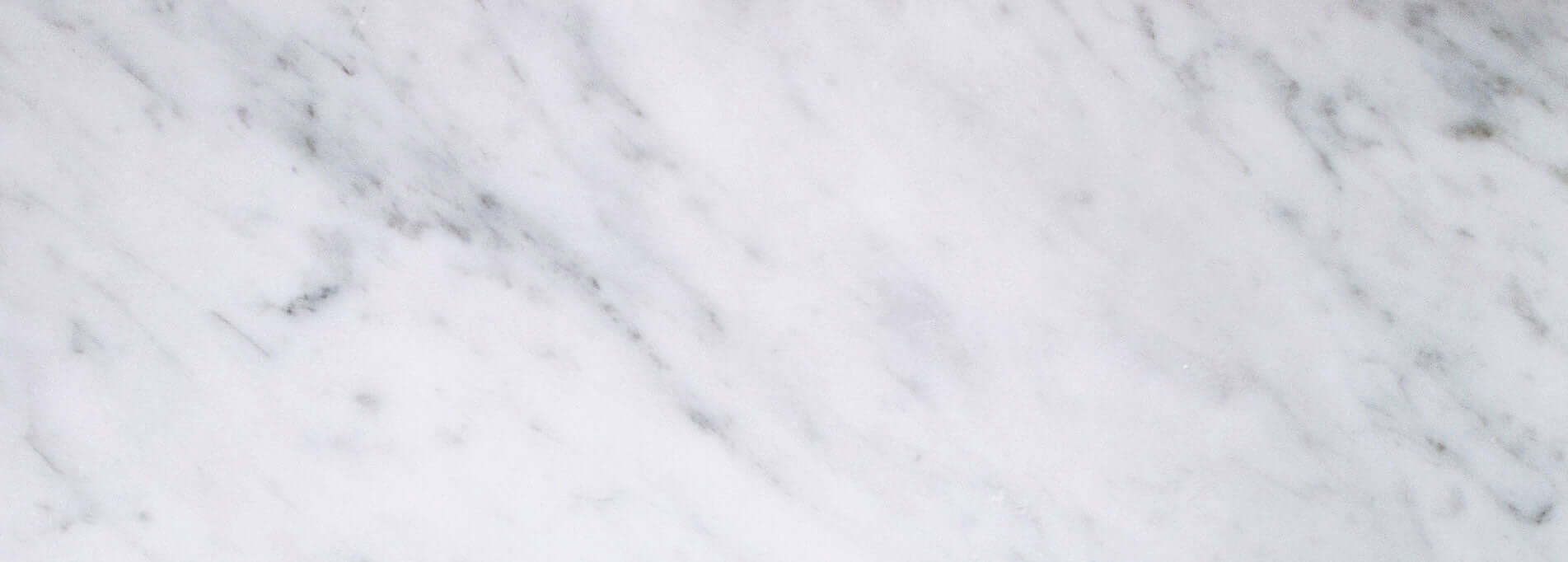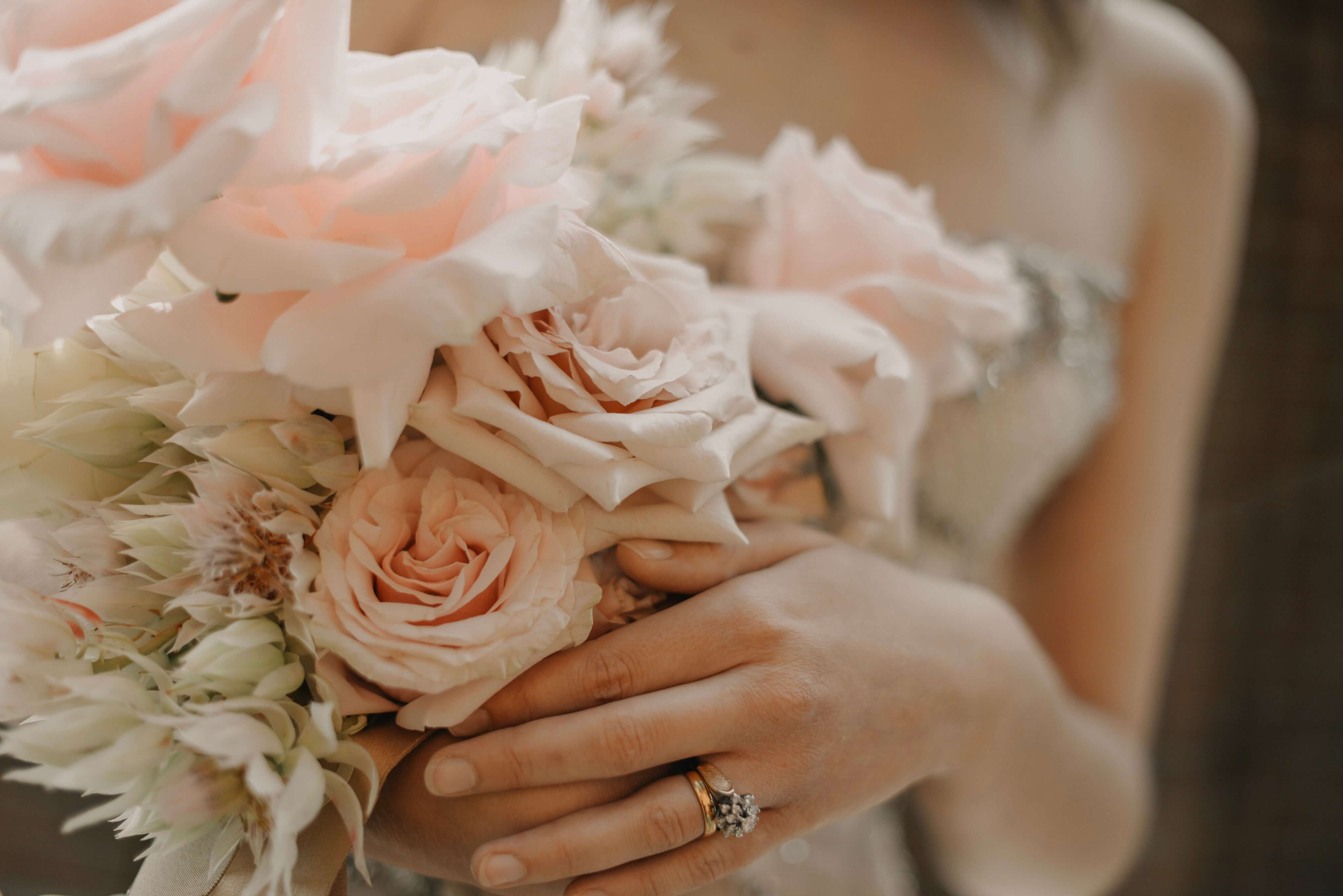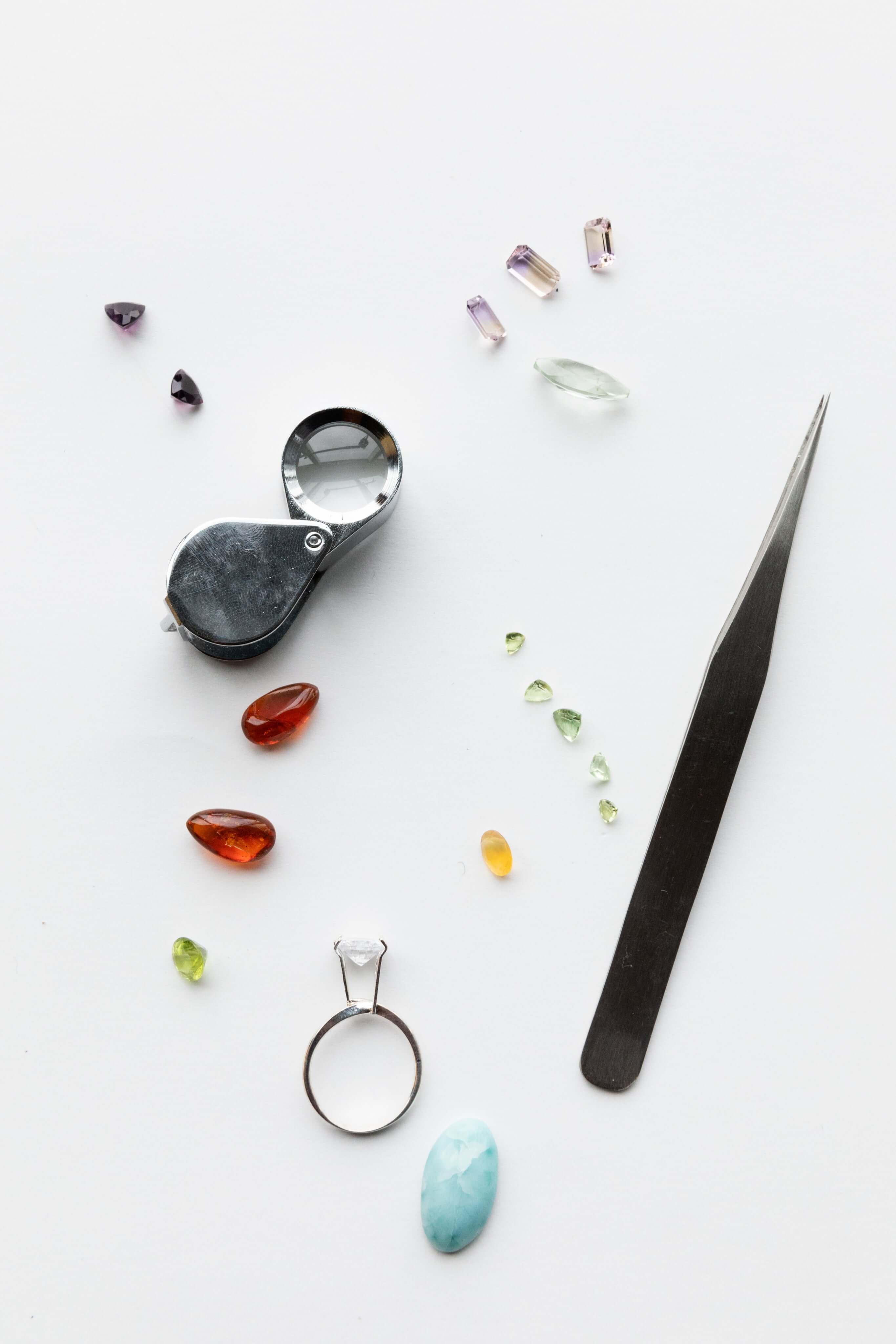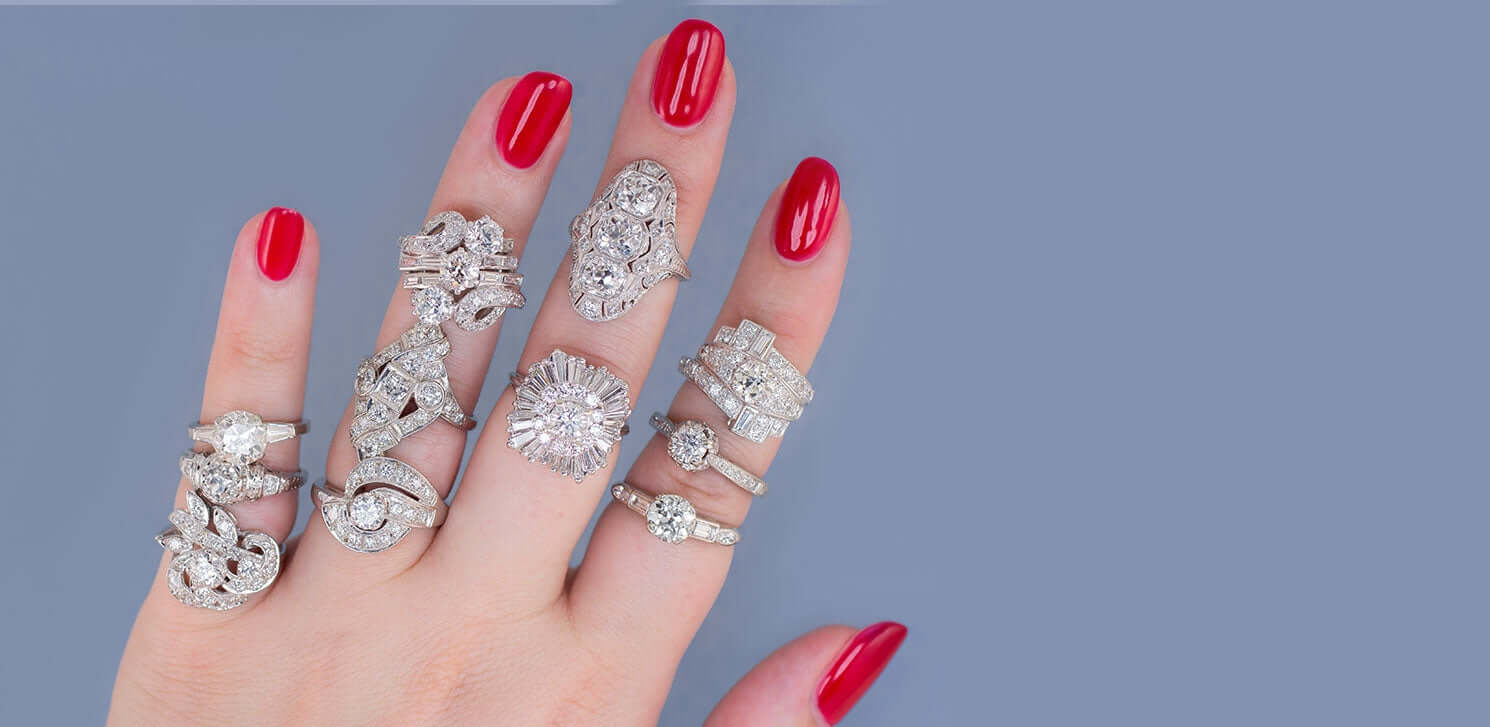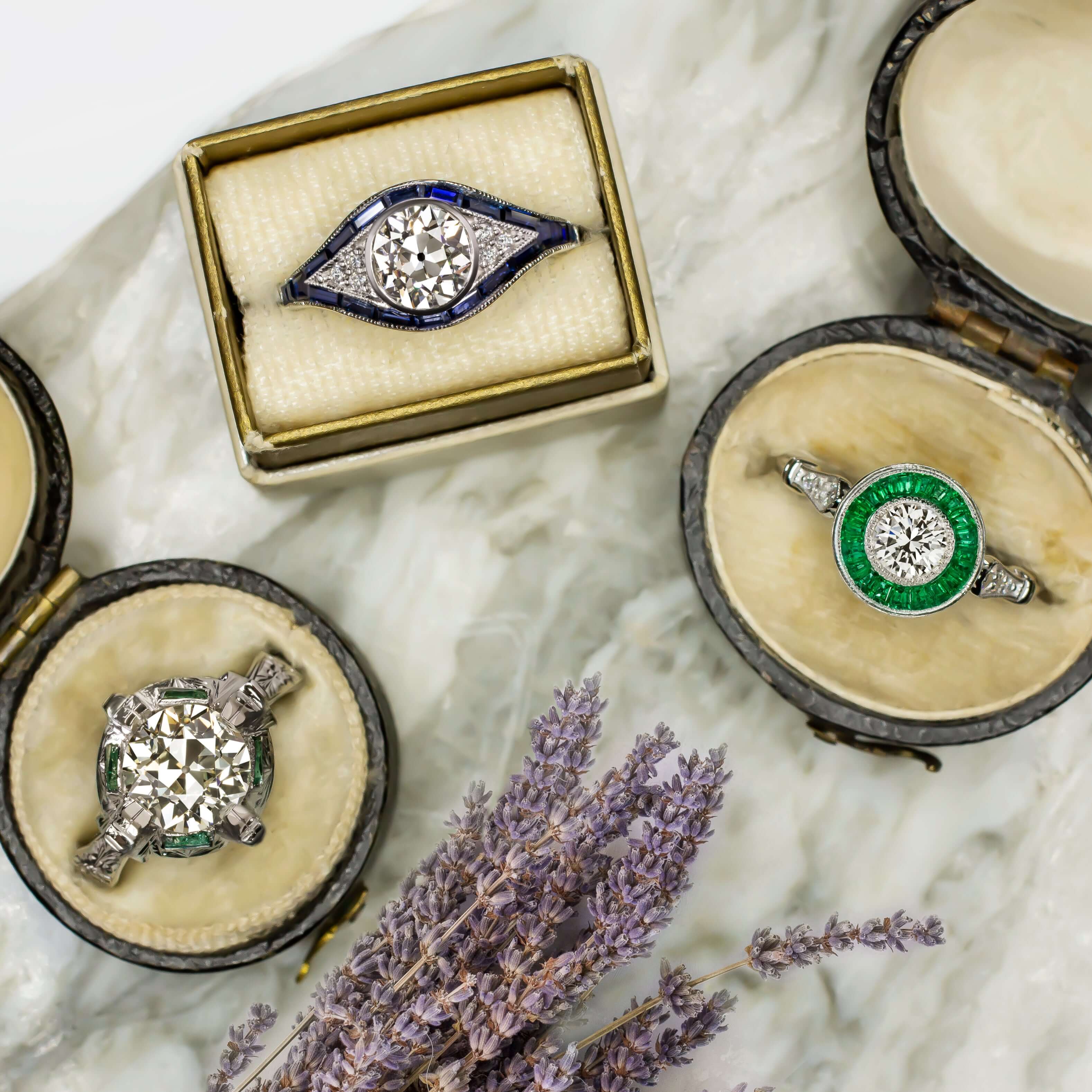There is a lot to think about when you are ready to start shopping for an engagement ring. The amount of information telling you what you should want can be mind-boggling, but if it gets to be overwhelming always come back to the reason you are in the market for an engagement ring in the first place. You have fallen in love with a very special person who you want to spend the rest of your life with! An engagement ring is a wearable symbol of this love, but it does not need to be a literal representation of the value this person brings to your life by a fixed dollar amount.
Life is expensive and the dated advice that an engagement ring needs to represent two month’s salary hardly applies to the 21st century! There is no one perfect engagement ring that suits all people, preferences, and lifestyles. The best engagement ring is the one you feel most connected to and is appropriate for the person who wears it!
Diamonds are forever - because they are nearly indestructible!
Diamonds are often assumed to be the only gemstone worthy of engagement rings. This is not entirely without merit. From a practical point of view, diamonds are the hardest material on Earth and are extremely durable for wearing everyday on a person’s hand. In addition to the inherent aesthetic characteristics, the durability of a diamond is a beautiful way to represent the enduring nature of your love for your partner.
Colored stones are often utilized as engagement ring center stones as a vibrant alternative to a colorless diamond. Sapphires and rubies (Corundum) are the next-strongest gemstones on the Moh’s Scale of Hardness after diamonds. These gems are not only gorgeous, but are an excellent choice for an engagement ring stone. In addition to the hardness of the material in this mineral, rubies and sapphires bring a bold punch of color and will stand out as a bold choice to an engagement ring. For the same price, you are often able to find a fine quality sapphire or ruby which could be much larger than a diamond at the same price point!
How to get the most out of the 4Cs for your money
Selecting a diamond for an engagement ring
The 4Cs are a way of determining and evaluating diamond quality and are helpful in comparing diamonds to one another. Center stones are often the most expensive element of an engagement ring purchase and understanding which C is most important for you is a great way to determine where to spend and where to save when you are considering a diamond for an engagement ring. The 4Cs can interact with each other in ways to maximize your budget!
- Carat - weight of the stone
- Clarity - measures the absence of inclusions
- Color - measures the colorlessness of a diamond
- Cut - how light interacts with a diamond’s facets
Carats are the unit of measurement when it comes to diamonds and gemstones. All diamonds are priced per carat, so this C will have a direct impact on the final cost. Unfortunately, prices are not proportionate to an increase in size, especially when it comes to high quality grades. The likelihood for the presence of an inclusion, for example, grows exponentially in a larger size diamond.
One carat is a standard size which is always in high demand. Due to this, diamonds that are in the 1.00 range will fetch a premium price, however when comparing stones of the same shape it is very difficult to tell the difference in appearance between a stone that weighs 0.90cts versus a diamond of otherwise comparable quality that weighs 1.00cts. Looking for a diamond that is just-shy of a rounded number, like 1.85cts could give you the look of a larger 2.00 carat diamond with a lower price tag! Additionally, stones with an elongated shape will have a larger appearance at the same weight when compared to a stone with a symmetrical shape.
Color may be the most important C if you know that white metal is what your partner will want to wear. The color of the metal used in the ring mounting can impact the diamond’s appearance. If your partner wears mostly platinum or white gold jewelry, this is a very good indication they would want this for an engagement ring which they will wear everyday as well. A diamond which is graded lower than H color can look dull when compared to the shining brightness of white metal surrounding it.
If you know that your partner prefers yellow or rose gold, diamonds with lower color grades become more acceptable. A diamond graded I-J and sometimes even K-L color can appear whiter in contrast to the warm tones in these metals. Additionally, rose and yellow gold metal colors can beautifully enhance and complement deeper color diamonds below the O-P range as well as fancy champagne and fancy cognac, when the color itself (not its absence) is the unique and desirable feature of the diamond.
Clarity is a factor which is determined by microscopes and jewelers loupes of 10x magnification and measures the absence of inclusions within a diamond. No one is going to bring a microscope to a party and examine the quality of the diamonds in the room! For this reason, clarity is a diamond quality where it is often quite acceptable to go with a grade that seems “low” on the scale, since these are still generally clean to the unaided eye.
Diamonds graded VS and higher will look spectacularly clean to the naked eye. Due to the nature and placement of inclusions, diamonds graded SI1 and SI2 can be completely eye clean. Even SI3 and I1 stones can have inclusions which blend well into the faceting and hide within the sparkle of a well-cut diamond, especially one that is a brilliant cut.
If your amour is fond of vintage diamonds, this is a C where it's helpful to have a higher grade. Vintage diamonds such as rose cuts, step cuts (emerald cuts, asscher, and baguette), old Mine cuts, and old European cuts traditionally have fewer facets. These larger, wider facets have less places for inclusions to blend in and can be more visible as a result.
Cut is determined by how the faceting of a stone encourages the play of light, what we would call brilliance or sparkle. Modern round brilliant cut diamonds are able to maximize the physics of the diamond mineral with the geometry in facet angles and cut patterns to a remarkable degree now that diamonds are graded on the ability to adhere to these standards. This is only true of round brilliant cut diamonds - diamonds which are cut in other fancy shapes or from earlier generations do not receive cut grades from gemological laboratories.
Brilliant cutting patterns are available in oval, marquise, pear, cushion, radiant, princess, heart and other fancy diamond shapes. This faceting pattern is positioned to maximize the way in which light reflects. Because of this, lower color grades and lower clarity grades can become less noticeable for diamonds with brilliant cut patterns.
Step cuts (emerald cuts, asschers and baguettes) and vintage cuts (rose cut, old Mine cuts, and old European cuts) have fewer facets and therefore fewer places where an inclusion could hide. However, these wide facets reflect bolder flashes of light in comparison to the twinkle of a brilliant cut diamond.
We are so excited to help you get started!
We offer an incredible selection of loose diamonds and gemstones and would be happy to assist you in finding the perfect center stone! Every kind of perfect diamond deserves an equally ideal mounting, and as a custom jewelry manufacturer we are uniquely able to provide all the services you would need for a truly extraordinary engagement ring!
